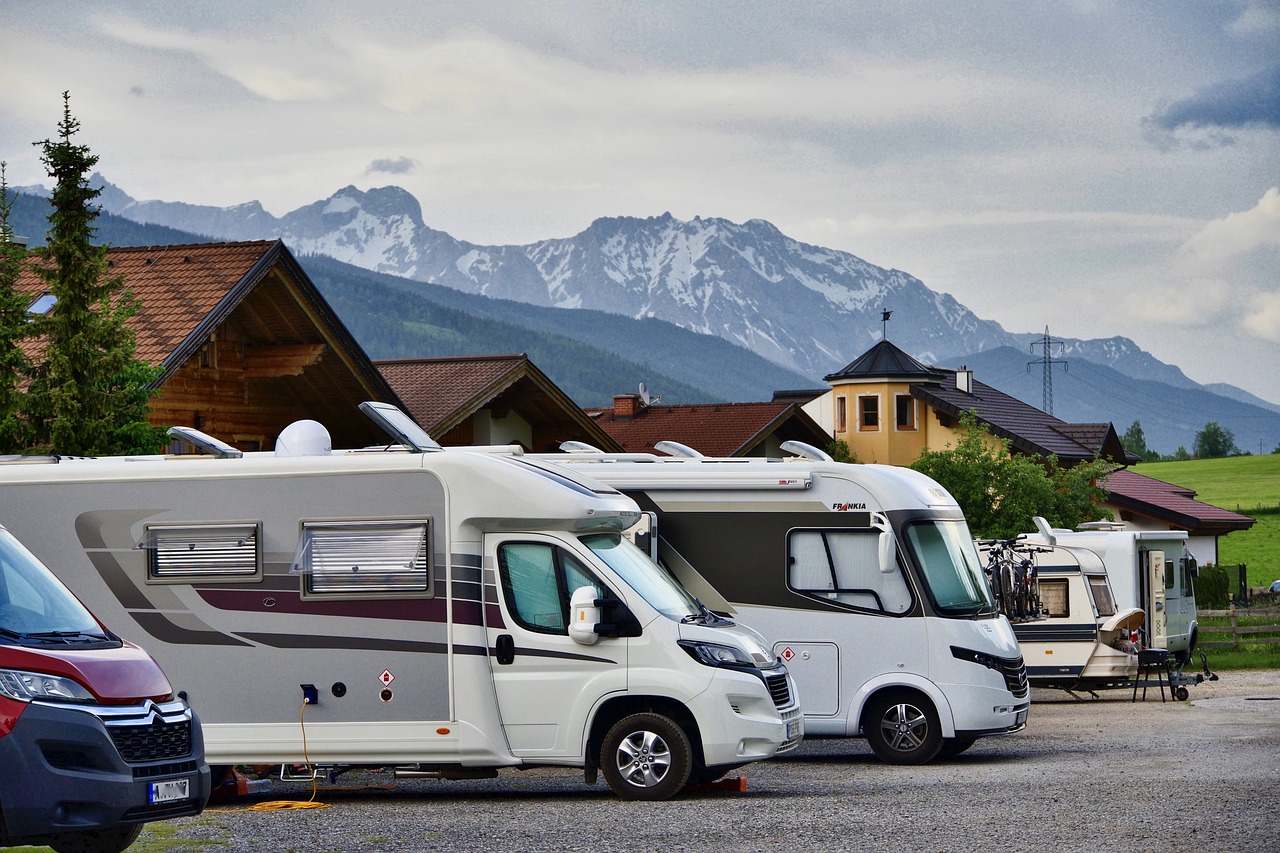Understanding the Difference Between a Campervan and a Motorhome
Do you enjoy immersing yourself in nature and wild camping, or do you lean towards campsites located near urban areas to soak up the local culture? Whichever you prefer, both campervans and motorhomes offer excellent options for your adventures! The question is, which one suits you best?
In this guide, we’ll explore how a campervan differs from a motorhome. Both serve as mobile homes, offering a place to stay, sleep, and eat, allowing you to park wherever you wish to camp. However, various types of vehicles exist, and there are key distinctions between the two.
What is a Motorhome?
Many people often misunderstand what constitutes a motorhome. Typically, these vehicles provide a living space similar to a caravan and are built on an existing chassis. Unlike standard vans, motorhomes have taller and wider bodies, making them significantly larger.
Historically, motorhomes featured a partition between the living area and the driver’s cabin, but many modern designs have eliminated this separation. Now, they resemble self-contained living spaces that can travel.
Contemporary motorhomes generally include a bathroom, kitchen, and fixed beds. They are spacious and equipped with home-like comforts, such as separate showers, televisions, and climate control.
Types of Motorhomes
You can choose from several classes of motorhomes, including:
-
Coach-built motorhome: This type combines two cabs to create a classic structure, built on a lightweight chassis with a body made from wood, aluminum, or fiberglass.
-
Over-cab bed coach-built motorhome: This model provides sleeping space above the cab.
-
A-class motorhome: The largest and often coach-built, these offer more luxury features like cocktail cabinets and electric fireplaces, typically making them the most expensive option.
-
B-class motorhome: These include a combined shower and toilet.
-
C-class motorhome: These have a coach-built body with an integrated cab.
Advantages of Motorhomes
-
Size: Available in various sizes, ranging from 6m to over 10m, they’re ideal for families.
-
More space: The design allows for greater living space, often including a front lounge and fully equipped kitchen.
-
Insulation: Generally better insulated than campervans.
-
Washing facilities: Larger size allows for separate bathrooms with showers.
-
Layout: A longer wheelbase enables diverse layouts and spacious sleeping areas.
-
External storage: Motorhomes often include additional storage options, including a “garage” for camping gear, with larger models featuring actual garages for small vehicles.
Disadvantages of Motorhomes
-
Maneuverability: Larger size can make navigation difficult, especially on narrow roads to remote campsites.
-
Driving license: Some models over 3,500 kg require a C1 driving license for UK residents.
-
Camping options: Wild camping can be trickier with larger vehicles.
-
Insurance: Typically more expensive to insure.
-
Fuel economy: They consume more fuel.
-
Height restrictions: Larger models, especially those with over-cabs, may struggle with height barriers like bridges.
What is a Campervan?
Campervans are built on a van chassis, modified from standard vans. They tend to be shorter and narrower, with less headroom than motorhomes.
To address the height issue, some campervans feature pop-up or expanding roofs that can be raised when parked, creating more headspace and sleeping room.
While campervans offer less storage than motorhomes, many have convertible seating that can be transformed into beds for sleeping.
Typical features of a campervan include fold-out beds, sinks, fridges, gas stoves, and limited storage, but they usually lack portable toilets and built-in showers.
Advantages of Campervans
-
Driving: Easier to handle on the road and in campsites.
-
Versatility: Can double as regular vehicles for commuting.
-
Accessibility: Smaller size allows access to more wild camping spots.
-
Insurance: Generally cheaper to insure.
-
Fuel-efficient: More economical on fuel.
-
Heating: Easier and quicker to heat in winter.
-
Height: Pop-up models are about the height of a standard car, facing fewer height restrictions.
Disadvantages of Campervans
-
Space limitations: Even long campervans are no longer than 7m.
-
Limited layout options: Smaller size results in fewer configuration choices.
-
Insulation needs: Require extra insulation, which reduces interior space.
-
Not family-friendly: Space may be inadequate for families or multiple adults.
-
Washing facilities: Usually lack bathrooms with showers or portable toilets.
-
External storage: Limited external storage capabilities.
-
Access: Accessing the interior may be challenging through double back doors.
When to Rent a Campervan vs. a Motorhome
Choose a campervan if:
- You’re planning a short camping trip, such as two weeks.
- You have a tight budget.
- You want to avoid parking restrictions or height barriers.
- You’ll be staying at campsites with on-site bathrooms.
- It’s just for couples who don’t need much space.
Opt for a motorhome if:
- You plan to camp frequently.
- You have a larger budget.
- You desire the luxury and comfort of home.
- You prefer not to use public or outdoor bathrooms.
- You need space for more than two adults and children.
Summary
We hope this guide clarifies the distinctions between campervans and motorhomes! While both vehicles offer unique advantages and disadvantages, with careful consideration, you can select the right option for your next camping adventure!

